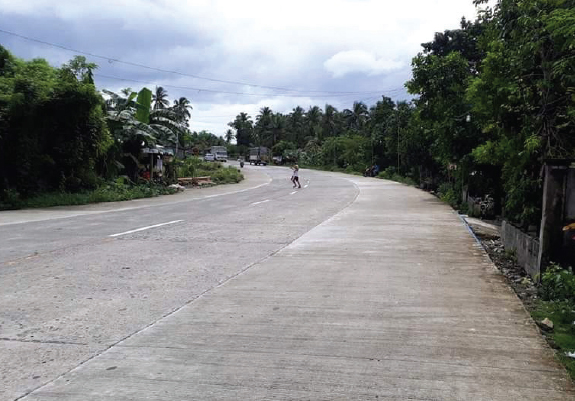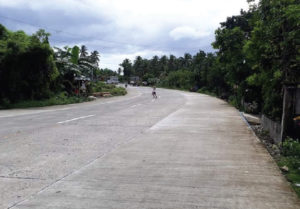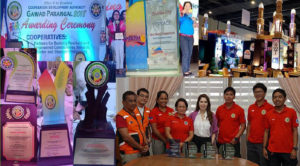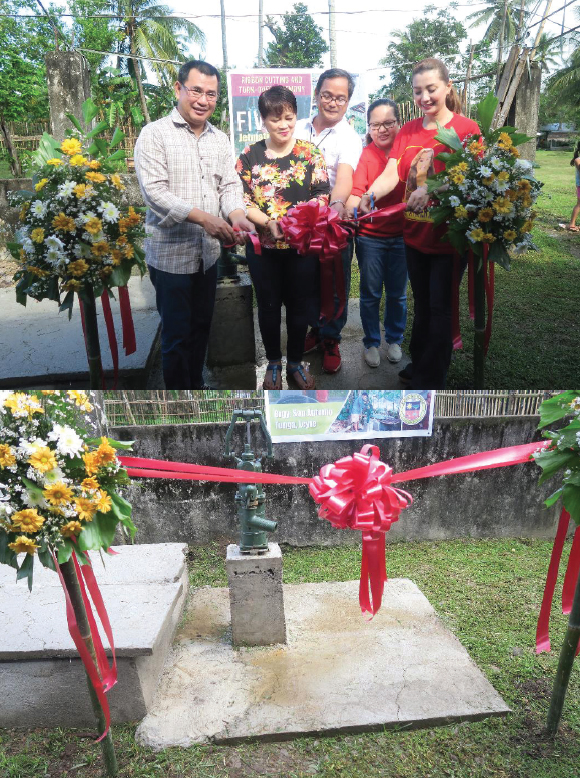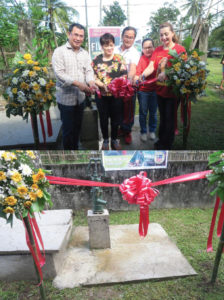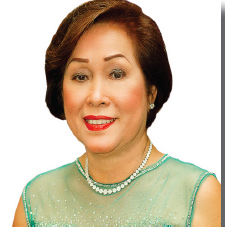
PALO, Leyte-There is a continuing drop in the prevalence of malnutrition among 0-71 months old children in Baybay City.
This was learned from Baybay City Mayor Carmen Cari in her State of Nutrition Address (Sona) during the opening day of the 4th Regional Conference of Barangay Nutrition Scholars (BNS) held on October 11-12, 2018 at the Leyte Academic Center here.
Underweight and severely underweight children were recorded at 17.6% in 2016, then drop to 14% in 2017 and 13% this year.
The drop in the prevalence of malnutrition is also true with cases of stunting and severely stunting, as well as wasting and severely wasting children under 0-71 months old.
Stunted and severely stunted cases saw a decreases from 28.7% in 2016, 26.4% in 2017 and only 7.2% this year.
NNC-8 Nutrition Officer Novida Rico explained that stunting refers to deficiencies in food and Vitamins, wasting for low quality of food.
Others accomplishment and on-going nutrition-related activities in Baybay City were the following: early childhood care and development for the first 1000 days or ECCD FLK Training to the barangay level implementors was completed among the 92 barangays; nutrition education classes for each barangay is nearing completion (with mother-participants); and assessment and treatment of outpatient and severely acute malnourished children was conducted early this year.
Also, there is now a nutrition office at the City Health office with Corresponding staff; the city celebrates the annual Nutrition month every July of the year; facilitated in the processing of BNS survivorship assistance; a new set of height boards for the 92 barangays will be provided and their mass fabrication is ongoing; facilitate the monthly BNS meeting together with a refreshers course on the BNS rules and functions as the city provides monthly allowance to all BNCS and awarding to barangays with the best homer gardens will be done this month (December). This is related to the seeds and garden tools provided the barangays earlier.
(ALBERTO LESIGUEZ)

